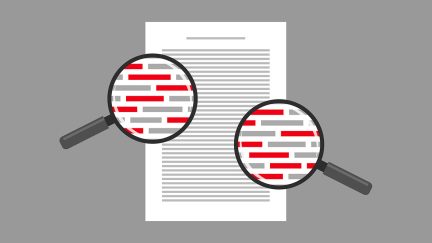Never miss a story — sign up for PLANSPONSOR newsletters to keep up on the latest retirement plan benefits news.
DOL Publishes FAQs on Emergency Savings Accounts
The document clarifies acceptable investments, the $2,500 limit and other items for the feature enabled by SECURE 2.0 legislation that is debuting this year.
The Department of Labor on Wednesday published regulatory guidance on pension-linked emergency savings accounts in the form of an FAQ.
PLESAs, sometimes called sidecar accounts, were created by the SECURE 2.0 Act of 2022 and are tied to a defined contribution retirement plan. A PLESA balance is capped at $2,500, and participants may withdraw from the account at their own discretion without paying a 10% early withdrawal fee.
The SECURE 2.0 provision creating them, Section 127, took effect on January 1 and is intended to increase in-plan liquidity for unforeseen expenses. PLESAs are an optional feature; Section 115 of SECURE 2.0 also allows for one penalty-free withdrawal of up to $1,000 per year from a 401(k) account for emergencies.
Participants are not required to prove a hardship, or even be experiencing one, to take money from a PLESA; withdrawals may be taken at “the discretion of the participant.”
Although Section 127 went into effect this year, plan sponsors, advisers and recordkeepers have been seeking further guidance on the optional plan benefit. Earlier this month, the IRS issued guidance, and the DOL further clarified some items in its FAQ.
Eligible Participants
The DOL’s notice explained that if a participant is eligible for a qualified plan offered by the employer and is not a highly compensated employee, then the participant is eligible for a PLESA if the employer offers one. The threshold to qualify as “highly compensated” is $155,000 for 2024.
Further, plans may automatically enroll participants in a PLESA, but they cannot mandate their participation and must provide at least 30 days in which the participant may opt out. If a plan elects to automatically enroll participants into a PLESA, the automatic percentage may not exceed 3% of the participant’s compensation.
The FAQ also says that PLESAs cannot have a minimum contribution or account balance, nor impose penalties for this purpose. Employers may, however, require that contributions take the form of whole percentage points or whole dollar amounts for administrative simplicity.
A sponsor may also charge reasonable fees for recordkeeping and administration of a PLESA, according to the DOL, but these fees must be in keeping with fiduciary requirements under the Employee Retirement Income Security Act. The sponsor may not impose withdrawal fees for the first four withdrawals in a calendar year, but they may impose reasonable offsetting fees for subsequent withdrawals.
Ceiling Explanation
The DOL also clarified how sponsors should interpret the $2,500 ceiling on a PLESA’s balance. A sponsor may limit the total balance attributed to the participant’s contributions at $2,500; alternatively, they may also freeze employee contributions once the account balance reaches $2,500, regardless of how much of that balance is attributable to contributions and how much is to asset appreciation. In both cases, however, asset appreciation can carry the total balance of the PLESA greater than $2,500, in keeping with the IRS guidance on PLESAs.
Investment Options
Lastly, the DOL clarified what types of investments are suitable for a PLESA: A sponsor may use cash, an interest-bearing account or “an investment product designed to maintain over the term of the investment the dollar value that is equal to the amount invested in the product and preserve principal and provide a reasonable rate of return, whether or not such return is guaranteed, consistent with the need for liquidity.”
PLESA investments may not have major liquidity constraints, such as surrender fees, according to the FAQ.
Released on January 12, IRS guidance focused on limiting potential abuses of the PLESA system by participants who contribute to a PLESA solely in the interest of collecting a matching contribution to their retirement plan before immediately withdrawing their own contribution. The IRS is soliciting feedback until April 5 on reasonable methods to limit this practice.
You Might Also Like:
IRS Issues 2025 Required Amendments List for Qualified Plans, 403(b)s
Why did the Age 60-63 Catch-Up Contribution Limit Not Rise for 2026?
What Is the Deadline for Amending a Nongovernmental 457(b) Plan?
« Market Strong for Plan Sponsors to De-Risk DB Plans, According to Agilis

